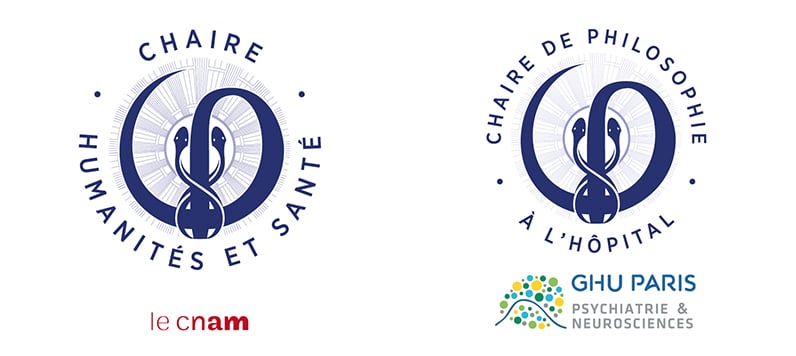https://www.youtube.com/watch?v=UxR-9Q6N81sIntroduction and challenges
In this talk, Luc Faucher questions the way language constrains the subject, as well as the amount of freedom left within it. To this end, he refers to research carried out in 2007 by Boroditsky, showing that among English-speaking subjects with only one word for blue, and Russian-speaking subjects with two words for different shades of blue, Russian speakers were the quickest to distinguish between shades of blue. Thus, language influences our visual sensory apparatus. Faucher then draws on a second experiment, performed by Chertok in the 1970s, in which Chertok suggests to a patient under hypnosis that the coin he is placing on her arm is hot. A blister appears on her arm a few hours after the experiment: the words spoken caused a physical change, in the form of a burn. These two observations lead Faucher to insist on the importance of medical intervention, both on and through language, to treat patients – reminding us that these issues are at the heart of psychotherapy.
Language acquisition from a neuroscience perspective
From the moment a child is born, he or she has a cortical structure that is ready to operate within an environment that is conducive to learning his or her mother tongue. This learning begins with the prosody of the language, supported by visual stimuli that reinforce parent-child interaction. Next comes the acquisition of phonetics: this stage is where the child questions how he or she extracts the units of meaning that are words from the flow of speech that he or she hears. Prosody and intonation are known to assist in this distinction, along with the naming of objects by the child or the parents. In terms of learning the rules of syntax, some speak of a “universal grammar”, or an innate linguistic structure (Chomsky), while others stress that the syntactical aspect of language is part of overall cognitive development (Piaget), while socio-linguists insist on the importance of social interaction throughout this process.
Language acquisition from a psychoanalytical perspective
For psychoanalysts, the entry into language begins with a cry, as well as with the desire of the parents, who talk about the child even before it is born – language at the origin of a certain determinism. For Lacan, the manifestation of the anguish that is the cry ‘coincides with the very emergence in the world of the one who will be the subject’. Thus the subject is constituted by the language in which he takes his place. Faucher reminds us that there can be no language unless the speaker raises the child’s cry to the value of a word. For Pichon, language occurs “on the day when the transmitter who has seen the impression produced by his cry on the listener intentionally repeats it”. Thus, the other’s response to the cry tells the child that he “is,” at the same time as it names what he wants – the object of his cry. It is thus the Other’s word that constitutes his request. The child’s demand exceeds his or her primary needs: it can never be completely fulfilled, and it is from this lack that the desiring dimension of the subject emerges.
Language: Constraint or freedom?
Having insisted on the psychological and neurodevelopmental determination of the human subject through and within language, Faucher examines the question of the freedom of the human subject in language. To this end, he draws on Habermas’ ideas, distinguishing between the collective “objective mind” – in which learning a common language makes communication possible – and the “subjective mind”, in which he focuses on the subjective appropriation of these shared meanings as well as on each person’s own capacity for innovation. Language is then no longer a mere repository of meanings, but on the contrary, a place of invention: it thus emerges as a relevant space for imagining the human being as endowed with a capacity for detachment from his or her own definitions. Finally, Faucher concludes with the opportunities offered by these observations, especially for conditions that involve the body and language, and, referring to Thibierge’s Le Nom, L’Image, L’Objet (The Name, the Image, the Object), he insists on the importance of assessing the effects of language on humans and thus of considering the psychoanalytical approach as a therapeutic resource in medicine
